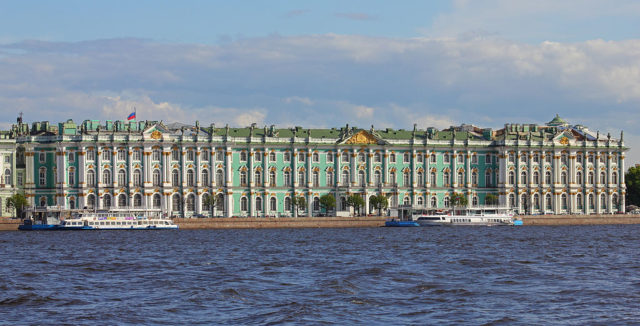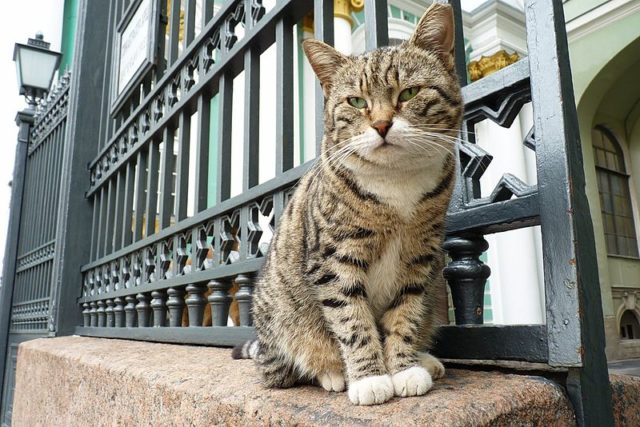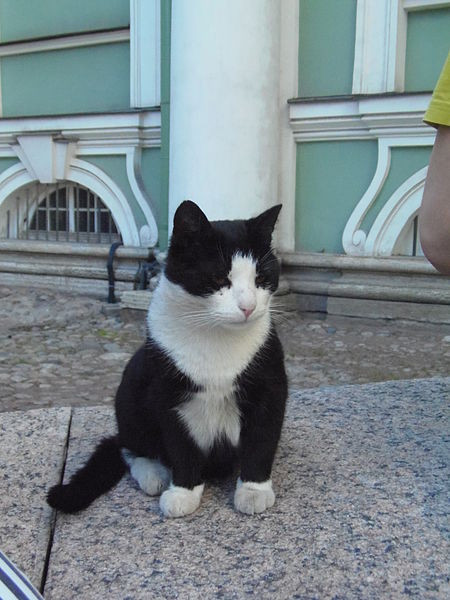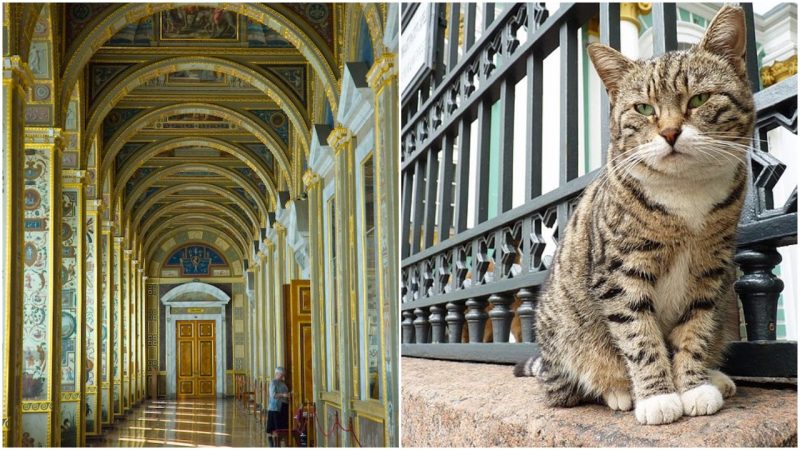The State Hermitage Museum in the Russian city of Saint Petersburg is one of the oldest and largest museums in the world. It was founded in 1754 by the Queen Catherine the Great, and houses a gigantic collection of over three million items. The museum has been continuously open to the public since 1852, and visitors from all over the world can enjoy the part of the collection which is on permanent display.

The museum is situated within the large complex of historically significant buildings, which includes the Winter Palace, a former residence of Russian emperors. During the reign of Elizabeth of Russia in the early 18th century, the palace was infested by mice that raided the royal kitchens and destroyed the woodwork.

Elizabeth of Russia ordered domestic cats to be placed in the palace to patrol its basements and hallways in order to destroy the growing population of mice. Cats proved to be an extremely effective solution to the mice problem, and the queen decided to keep them as resident vermin destroyers.
When the palace was turned into a museum, the cats remained on the palace grounds to protect the collection from rodents. A population of cats has been continuously living at the Hermitage since the 18th century, except for a brief period after the World War II when the famine crippled the Soviet Union.

At that time the Hermitage cats died out, but in the early 1950’s the population of rats increased in the museum, so new cats were brought to continue the tradition of eradicating vermin. The cats lived in relatively poor conditions until the mid-1990’s, when the museum administration began a program to care for the furry residents of Hermitage.
In 2007 the museum administration began adopting stray cats, and in 2011 they started the “Catfest”, an annual celebration of the Hermitage’s cat population. During the Catfest various sponsors bring food and toys for the cats, and the museum administration organizes cat painting contests and scavenger hunts for kids.

Currently, there are 74 neutered cats living at the Hermitage. They live in the basement and are not allowed to roam the galleries. The museum’s cat program employs four people and includes a small veterinary station and a special kitchen which prepares meals for the cats. The museum receives a sum of 400 euros every month from the Pro Animale charity foundation, and the Royal Canin pet food company sponsors the cats’ meals.
Also, as of 2015, it is possible for people to adopt some of the Hermitage cats, and several people currently have an opportunity to care for furry vermin killers that were once surrounded by one of the world’s largest collections of art.
